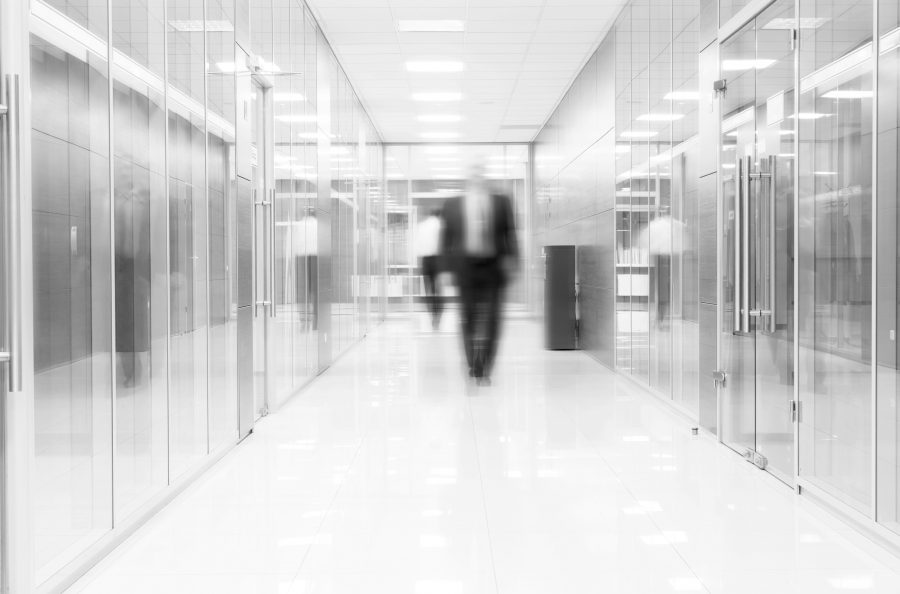“Liberty, freedom, justice. Now things have changed. Now everything comes to us on a platter. Man’s got nothing left to fight for.” — Logan’s Run
In the classic 1967 novel Logan’s Run the world of 2116 is an idyllic place where people have a blissful existence, total freedom and a ‘Thinker’ (artificial intelligence) that makes all decisions. It’s a vision not dissimilar to that of many prominent ‘techno-optimists’, including Andrew McAfee, Erik Brynjolfsson, Alec Ross and Peter Diamandis, who envision future technological advances that reduce the need for human effort. In their future world, humans will receive a ‘guaranteed minimum income’ (i.e. free money) so they can be free to paint, contemplate the universe, recite Plato and eat grapes. But perhaps there is one small catch these techno-optimists should consider as part of their Logan’s Run-esque utopia: When the good people of 2116 turn 21, they must voluntarily go to a ‘sleep shop’ and kill themselves.
This reminds me a bit of how some people fear the potential elimination of certain commercial real estate sectors from the forces of technology. It’s true that new forms of technology, led by the internet, wifi and its progeny the ‘sharing economy’, may reduce the need for brick-and-mortar retail and office property. Taking the technology argument to its logical extreme, the only forms of commercial real estate that may be absolutely necessary are industrial (a place to store stuff) and multifamily (a place to live).
But there is one thing standing in the way: humanity. The way humans live, work and play makes the need for commercial real estate far more than utilitarian. The vision of a dystopian world wrought by technology on commercial real estate fails to take into consideration the human element. Logan saved himself and the world (spoiler alert: in the 1976 movie, not the 1967 book!) when he reached this same conclusion.
When I look at the office sector, I conclude that we are not so much in the real estate business as we are in the human labor business. Many years ago, I studied labor relations at Cornell University. From Adam Smith and Karl Marx to Max Weber, Ayn Rand and Abe Maslow, some of the greatest minds in world history have studied the optimal workplace and relationships among people to achieve the best outcomes (i.e. productivity and growth). The optimal way for humans to be most productive didn’t start with the latest co-working and flex-work crazes. Those who espouse these revolutionary ideas do so at their own peril if they ignore what actually fosters individual and collective organizational behavior to achieve a greater collective outcome than if people work independently.
Some of these thinkers are already seeing the excesses of their ideas, as evidenced by the flex-work pendulum swinging back. A major tech firm in the US recently mandated that all remote workers had to come into the office. Why do you think many workplaces now include amenities like cafeterias, bars, pingpong tables and yoga studios? It’s because they believe their employees are more productive working face to face. I am all for work flexibility for family reasons. With three kids and a dog, I often work at home on the rare Friday when I am not on the road. But if innovation, productivity and the ability to attract and retain workers is the goal, then creating a better brick-and-mortar office environment is imperative. Similarly, in the retail property sector, creating an ‘experience’ is a radical new idea that will save brick-and-mortar retail from the ravages of the internet, right? It actually was a group of people in Istanbul, Turkey who invented the Grand Bazaar in 1455 — the world’s first ‘experience’ retail location that is still going strong 573 years later. Retail is evolving, not devolving. ‘Experience retailers’ are simply changing the format of retail, which has been undergoing change since the beginning of time and will continue to do so long after we are gone.
The primary disruptor of retail real estate isn’t e-commerce; it is demographics. If you place a map of the most distressed retail centers in the United States atop a map of the areas with the slowest economic growth and biggest population declines, they will be identical. Those areas with growing populations and wealth increases, which are disproportionately and increasingly in dense urban or urban-suburban locations, have strong retail performance with new formats that include many centers formally occupied by troubled big-box anchors. Shortly before his turn in the ‘sleep shop’, Logan realized that maybe utopia didn’t include mandatory suicide. He saw a purpose for people beyond eating grapes, even if technology made humanity redundant. The same can be said for the future of commercial real estate. Keep running, Logan; commercial real estate is right behind you!







